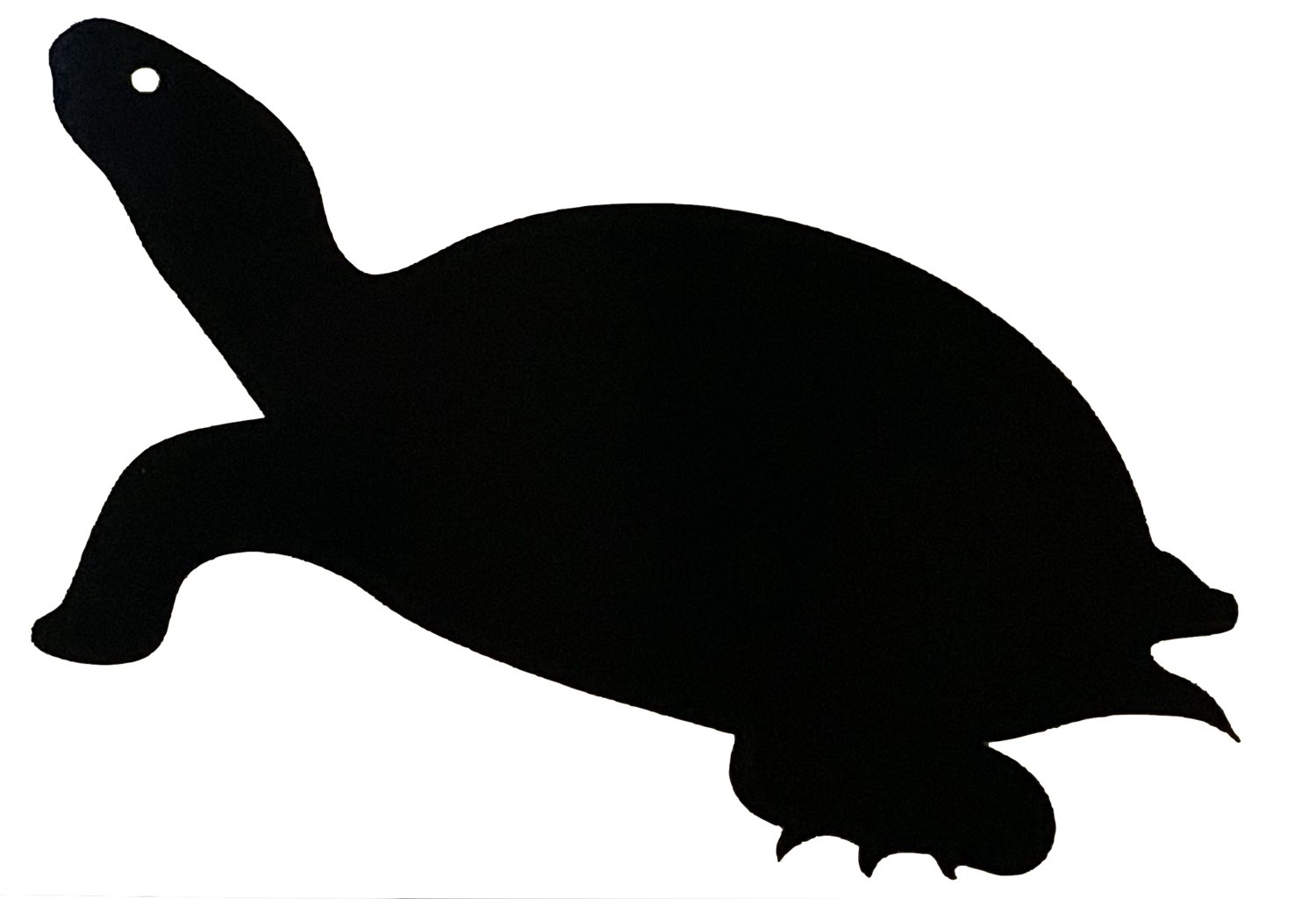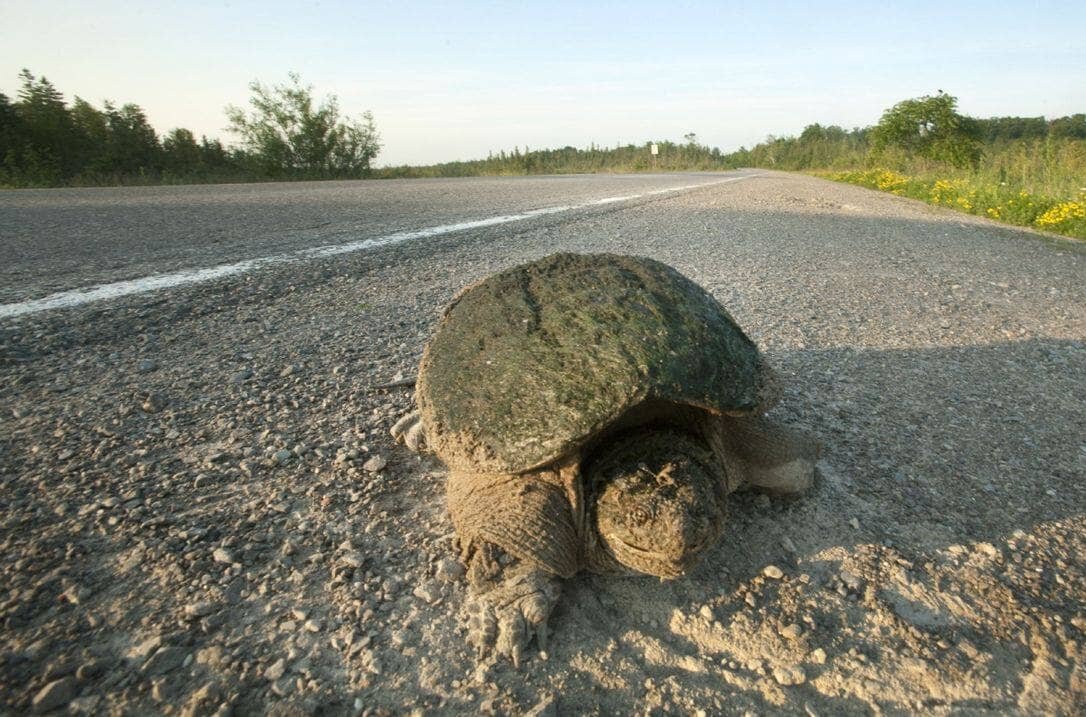Snapping Turtles
How to identify a snapping turtle
Snapping turtles are a common sight in Kingston. They are the largest turtle we have ranging from 20-50 cm in length. You can identify a snapping turtle by their ‘dinosaur’ like tail (long tail with serrated points) and large head / legs. They also have a very small plastron (bottom shell) compared to their body size, as well as a large head.
An injured snapping turtle ready to be transported to Sandy Pines Wildlife Centre
A snapping turtle nesting on the side of the road
Snapping turtle hatchlings start out around the size of a loonie coin
Snapping turtles are awkward on land and snap to scare you away. In water they are more comfortable and will not bother you as they know they can get away quickly.
A snapping turtle carapace (top shell). Notice how the spine is attached to the shell.
A snapping turtle recently emerged from brumation (overwintering state like hibernation)
A nesting snapping turtle. Once finished the mother will cover the eggs and it will be very difficult to find the nest again.
About Snapping Turtles
The Snapping turtle is the largest freshwater turtle native to Ontario. Snapping turtles have a nasty disposition when on land as a result of a small belly plate (or plastron) that provides little protection to their exposed skin.
Snapping turtles are thought to live more than 100 years and take upwards of 20 years to reach sexual maturity. This, combined with low survival rate of eggs and hatchlings, is one reason the Snapping turtle is listed as a species of Special Concern.
In fact, it is estimated that it takes about 1500 eggs and 59 years to replace one lost adult Snapping turtle.
Clutch and Incubation Facts: 6-104 eggs that will hatch in 80-90 days.




















